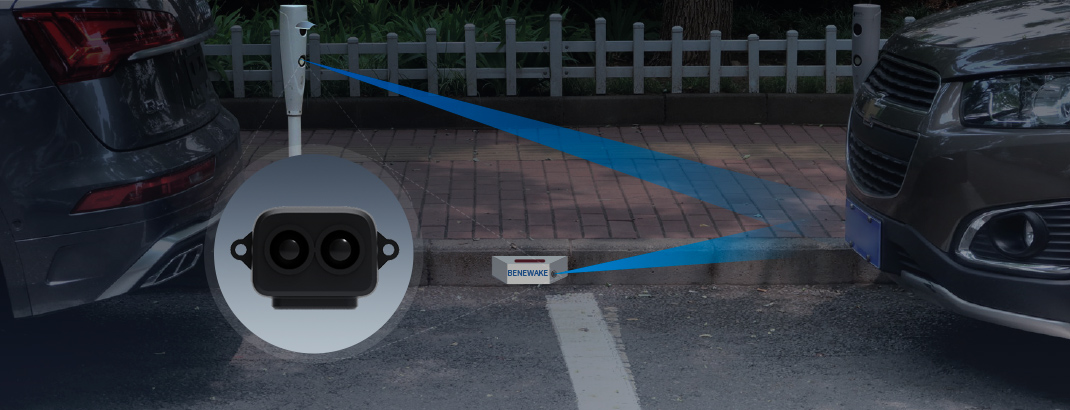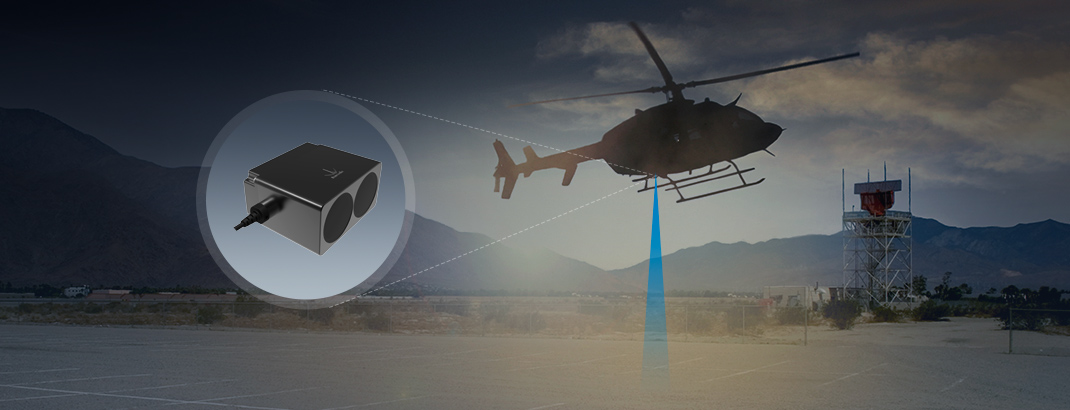Automotive Electric Tailgate
Smart Parking
Scheme Introduction
Benewake's LiDAR technology provides real-time detection of vehicle distance information. When combined with cameras, it can capture photos of parking spaces in real-time and recognize license plate numbers to start timing. Upon a vehicle's departure, it captures the exit information and license plate details to automatically calculate parking fees. This system generates essential data to help optimize the operational status of parking spaces and reduce operational costs.

Advantages


Special weather


Simple configuration


Compact design


Stable ranging


Strong anti-interference
ability
ability
Applications










































































